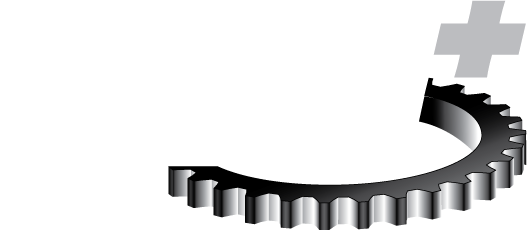
Fundamentals of Gear Design and Analysis
This course provides a detailed and stepwise process to develop a gear pair or gear train from concept to final design. From developing a fully defined statement of work, application criteria, duty cycle and expected service to ratio distribution and service balancing, the learner can master each of these steps through both instruction and hands-on exercises. The objective of this course is to provide both insight into the detailed gear design process as well as impart the power and value of design detail iteration on the finished product, a fully defined and suitable gear design.
Learning Objectives
By completing this course, you will be able to identify, recognize or articulate:
- The “Law of Gearing”, conjugate action and specifically, involute profiles
- What is and why it is necessary to have a fully defined statement of work
- What is and why it is necessary to have a fully defined duty cycle and service life expectation
- Design considerations and the gear system design process
- Practical gear measurement and inspection techniques, tools and equipment
- “Best Practices” regarding gear system design
- Detailed iterative calculation procedures
- New and automated gear design tools and systems
Who Should Attend
The intended audience for this course is gear designers and other individuals involved in quality assessment and systems implementation, and related fields that use gears and / or geartrains in their products.
Prerequisites
Because this course is targeted at several design and engineering disciplines, learners should have a B.S. in engineering or related field and preferably a minimum of two years design experience in the gear design.
Topics
- Gear tooth action
- Conjugacy
- Profile curves
- Surface of action
- Profile sliding
- Preliminary design considerations
- Gear type selection
- Preliminary estimate of size
- Stress formulations
- Gear Drawing Data
- Gear system design process
-
- Calculation of gear tooth data
- Gear rating practice
- Gear design process
-
- Layout
- Root geometry
- Backlash
- Gear design systems and best practices
-
- Common proportions
- Interchangeability
- Tooling considerations
- Mounting considerations
- Best practices
- Application
